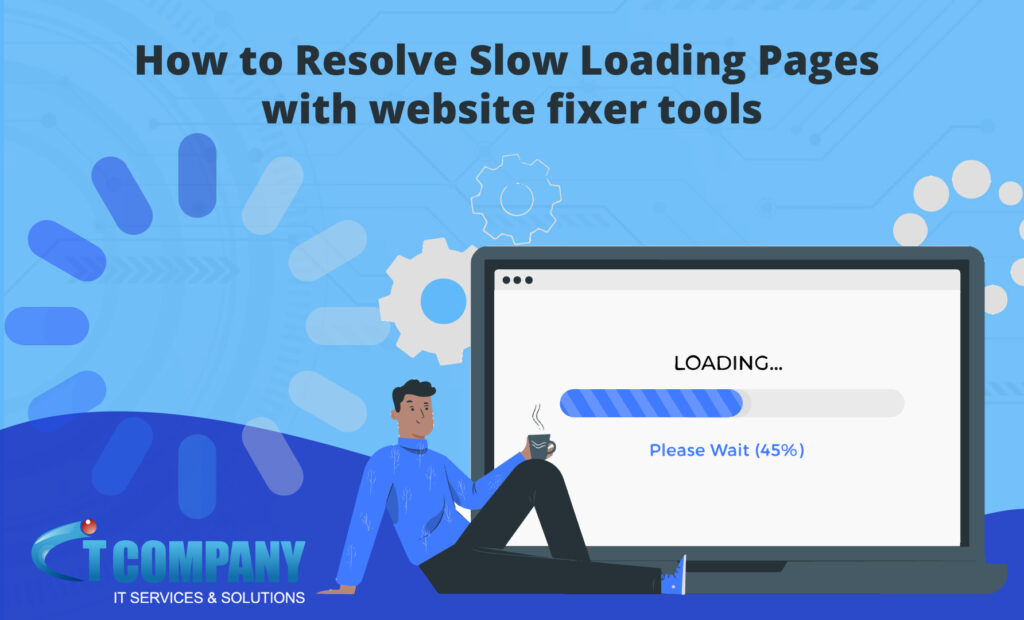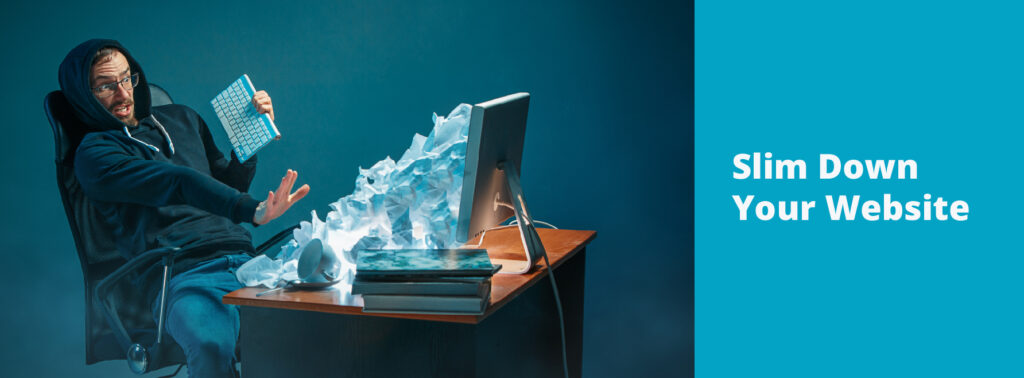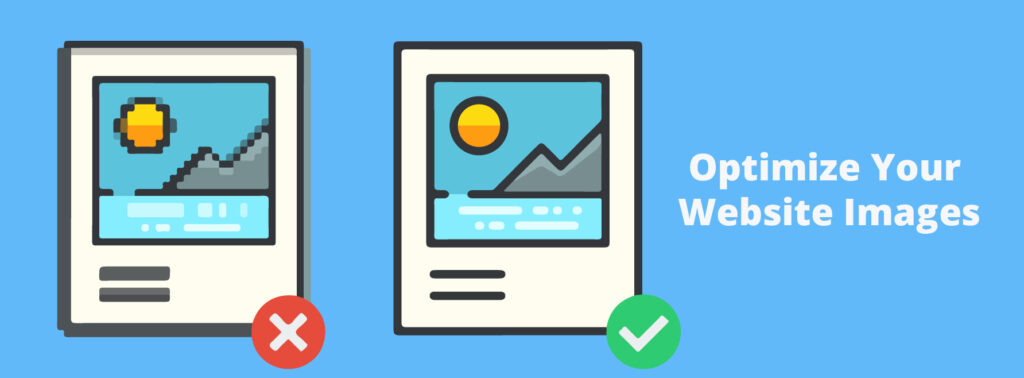
In June 2023, Google began rolling out an improved SEO user experience that blends Core Web Vitals with current search signals such as HTTPS security, mobile friendliness, and invasive interstitial standards. Site performance is a key component of the Core Web Vitals. Slow-loading web pages can have a significant influence on your search results. Let’s look at how to tell whether a website is loading slowly and how to repair it with Website Fixer Tools, so you can improve both the search results and your site’s user experience.
Table of Contents
ToggleHow Can Google Determine Whether a Website Is Slow to Load?
Within the Core Web Signals, there are a few Google Signals that focus on site performance in particular. The following are:
- The LCP signal monitors the time it takes for a webpage to load. Google calculates this time by measuring the time from the first contents paint (FCP) and the LCP, which is the biggest image, picture, or text currently loading. A page that takes more than 2.5 seconds to load indicates a sluggish loading time.
- Interactivity and First Input Delay (FID) FID is a metric that measures how long it takes for a webpage to become interactive. For instance, FID measures the time a user spends hitting a button.
To determine how quick your website is, use Google’s PageSpeed Insights. The tool assesses FCP, FID, LCP, and other elements of Core Web Vitals. You’ll receive a response showing whether you passed or failed the evaluation, letting you know whether you should take the measures outlined below to improve a sluggish website.
Determine the scope of the website’s slow-loading problem

You can’t repair an issue until you first comprehend its breadth, especially when it’s silently spread throughout a big number of pages. You’ll want a detailed breakdown of both site and page performance.
It may be good to classify your audited sites by slowest speed of loading, greatest monthly service volume, or broadest business effect (particularly if you’re operating on an enterprise size) so you can address the most pressing concerns first.
For general site speed concerns, you may want to look at issues such as a poor web hosting provider or a lack of a CDN solution to provide online content to worldwide consumers. These types of issues may be resolved to increase the speed of your website.
Reduce for Improved Website Use
It seems reasonable at first glance: the less data your page transmits, the faster it loads. Uncompressed data and poorly written code may be clogging up your slowest-loading sites. Avoid using unneeded website components such as:

- Lots of rich media show advertising.
- unnecessary remarks
- Excessive white space
- Empty new lines
Since we’re optimizing for the result page for a search engine (SERP), it just makes sense to employ Google-approved tools to solve website issues. HtmlCompressor compresses HTML, while YUI Compressor compresses JavaScript and CSS.
Streamline your website
The shortest path between two places is a straight path. For our purposes, the two criteria are the first click and a completely loaded page, therefore we want as few items in between as feasible.
A lot of stylesheets, graphics, and scripts got in the way. So do redirections. You want to keep your website as simple as possible. If it serves no genuine use, it just slows down your website.
Enable Web browser Cache for faster page load time

Allowing the user to perform some of the hard work can help speed up slow-loading websites. Browser caching allows elements of your site to be saved in the user’s cache, ensuring that part of the problem is already completed on subsequent visits. Your site’s data retrieval procedure becomes faster when subsequent requests for similar information are provided from cached memory with the Website Fixer Tool.
You can cache items like pictures, database queries, and HTTP. In testing, activating browser caching reduced load times by over two seconds.
Optimize Your Website’s Images
The current web is highly visual, therefore graphics might take a long time to load. High-resolution photos, in particular, might take longer to load since they require a lot of bandwidth. The good news is that there are several techniques you can use while loading photos on your website.

Another suggestion is to compress your photographs in order to optimize them. When you change your site’s images and information, you should also cache them appropriately.
Avoiding BMP and TIFF files can assist tremendously. JPEGs are better for images, whereas PNGs are better for graphics with less than 16 colors. Even trimming corners and adjusting color depth slightly can make an impact.
Conclusion
In conclusion, maximizing page performance is critical for both user experience and SEO. Resolving slow loading pages is simple with IT Company Website Fixer service. Improve your website’s performance and increase search rankings with ease. Experience the power of Website Fixer, the ultimate solution for a faster and safer online presence.